Take 5: Summer Blockbusters
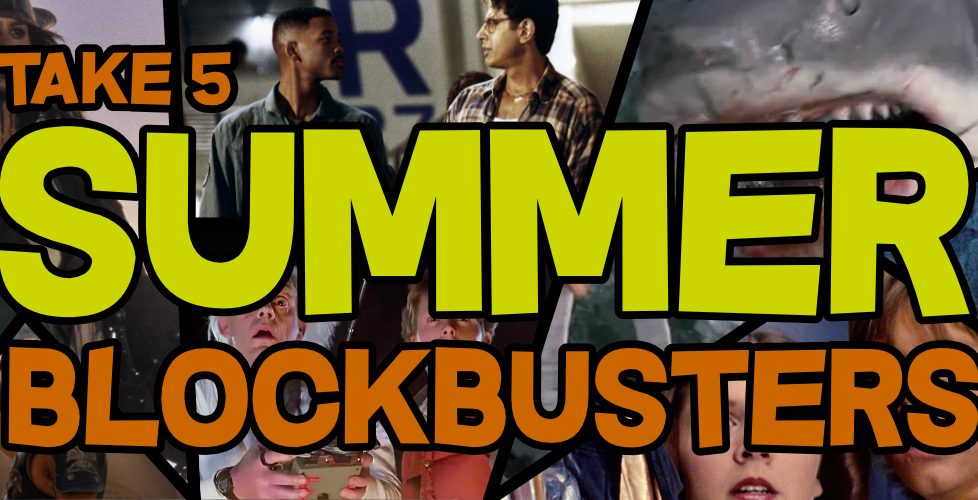
Summertime. The traditional focus of the movie calendar where studios intend to make lots of cash with big-budget temptations. Children aren’t at school and they need entertaining, so it’s the best time to flood the marketplace with extravaganzas promising the best time ever. And why not fill the shelves with toys to give kids things to spend their pocket money on, too?
It’s easy to be cynical as an adult, and winter’s arguably just as important as the summer for a big movie release these days. And it’s hardly unknown to see a major blockbuster premiere in spring or autumn, as there’s so much content that the summer months get too crowded now. But late-May to late-August remains an important period for Hollywood. It’s still worth a studio flexing their creative muscles and lording it over rivals if your release becomes the must-see event of the year.
2020 won’t have much of a blockbuster summer because the COVID-19 pandemic has pushed many releases back into autumn and winter, so we canvassed our writers to choose 5 of their Favourite Summer Blockbusters for a trip down memory lane.
To be clear, these don’t have to be empirically excellent films. Some of the most memorable summer releases were more about the merchandising or even the marketing and anticipation. The actual films were sometimes a letdown after all the hype (hello 1998’s Godzilla), but a few summer blockbusters have become pop culture behemoths that changed the world of entertainment and are now held up as classics.
So with all that preamble out of the way, let’s read some actual lists. And don’t be afraid to leave your own Take 5 in the comments below!
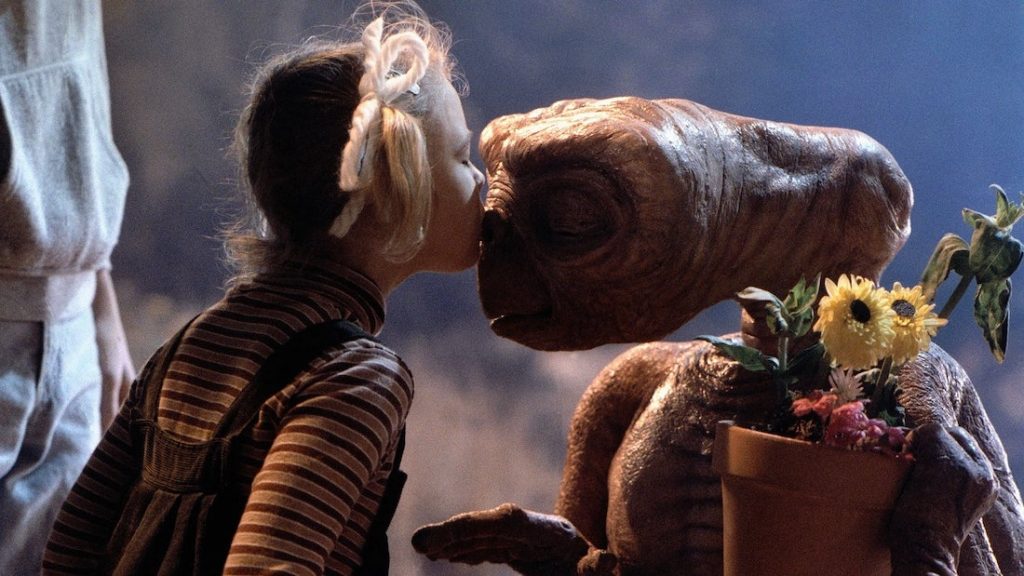
E.T—The Extra-Terrestrial. We owe a debt to Steven Spielberg for inventing the modern summer blockbuster with Jaws (1975). My memories of summertime at the cinema begin with his classic E.T—The Extra-Terrestrial (1982). The film tells the story of a lost alien who befriends a lonely boy called Elliot (Henry Thomas), and Spielberg ensured it contained just the right amount of peril to put kids on the edges of their seats (without being too scary) and with enough heartfelt moments to moisten the eyes. How big of a blockbuster was E.T back in the day? It made more money than Star Wars (1977) and remained the highest-grossing film of all-time for over a decade… until another Spielberg movie came along about dinosaurs.
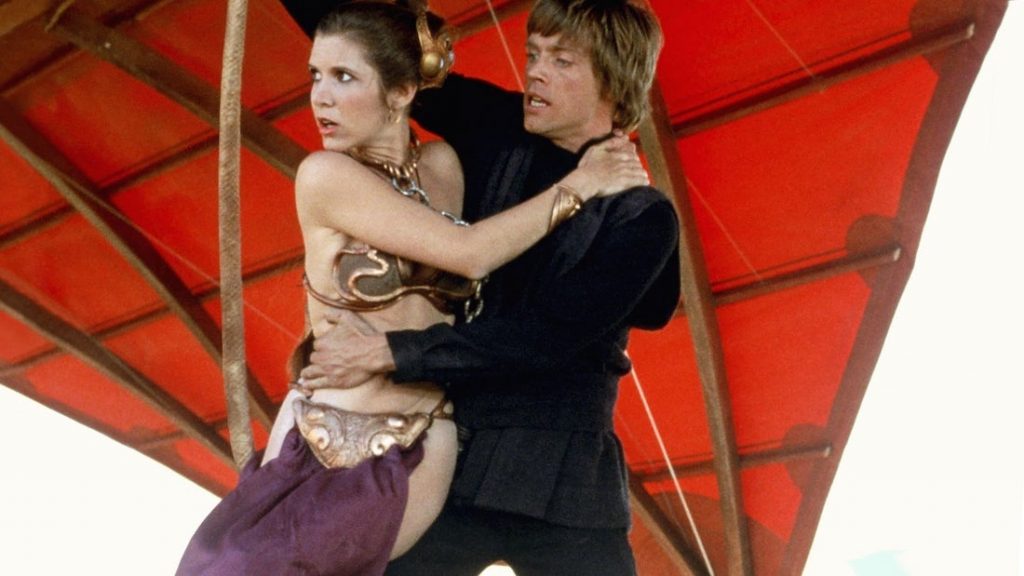
Star Wars: Return of the Jedi. Although ROTJ (1983) isn’t my favourite Star Wars instalment, it was my most anticipated. I would go to my grave arguing the best cliffhanger ending of any film caps The Empire Strikes Back, with Han Solo frozen in carbonite, Luke learning Darth Vader is his father, and the Rebel fleet scattered with the hope of the galaxy seemingly lost. Damn, that’s more than enough to make you want to immediately watch the next film.
Audiences had to wait three years for ROTJ to end the trilogy. Lucasfilm employed an effective marketing campaign, with a memorable promotional poster featuring the hands of Luke Skywalker holding his lightsaber aloft, which is among my personal favourites. I remember seeing those posters outside my local cinema and counting the days. ROTJ was a triumph. And it’s important for modern viewers to also understand that when fans first saw ROTJ, we thought that was the definitive end of Star Wars! The sense of finality that accompanied this sequel made it an even bigger deal.
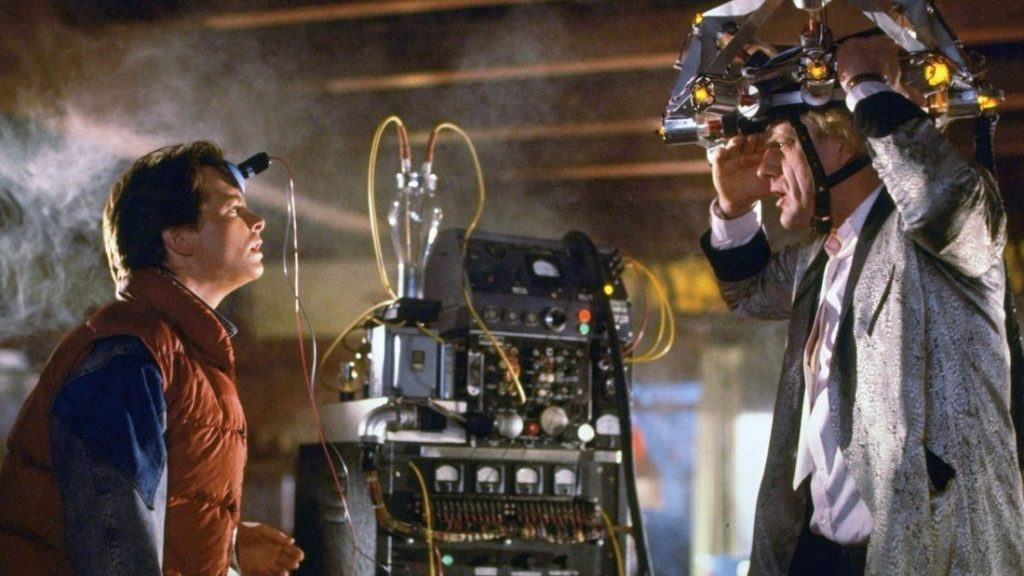
Back to the Future. One of the things that made Back to the Future (1985) such a hit was that we all could relate to Marty McFly (Michael J. Fox). Although it’s deeper themes are neatly woven into a light-hearted tale of time-travel going awry, the story has great things to say about love, identity, and finding one’s place in the world. But besides all that, Back to the Future is just a heck of a lot of fun!
Featuring an iconic performance by Christopher Lloyd as Doc Brown, this sci-fi comedy adventure sees McFly nearly erase his own existence by unwittingly preventing his parents from falling in love in 1955. It spawned two sequels but neither completely captured the magic of the original. BTTF cemented Fox’s status as a bonafide movie star and put Huey Lewis and the News permanently in the memories of millions that summer.
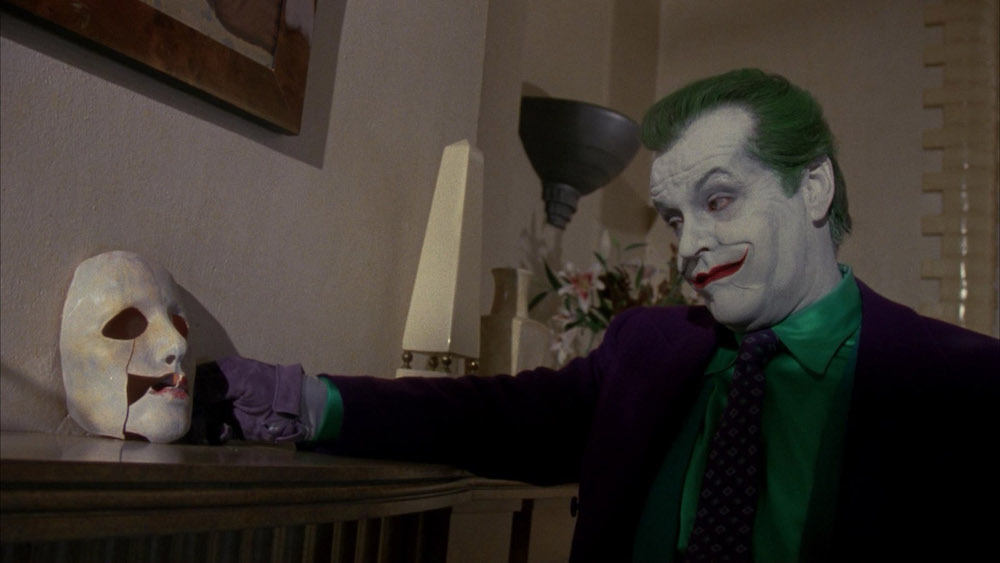
Batman. Those of us old enough to remember the summer of 1989 will recall Tim Burton’s Batman was a ground-breaking event. While we’d enjoyed the adventures of a decidedly camp Caped Crusader on TV, we’d never seen a proper Batman film. From the teaser trailers and commercials, it was clear Burton was doing something extraordinary. It was dark and exciting and totally unlike any Batman before it, aided by an amazing score by Danny Elfman and tie-in soundtrack by Prince. Batman wasn’t just a blockbuster… it was a major summer event.
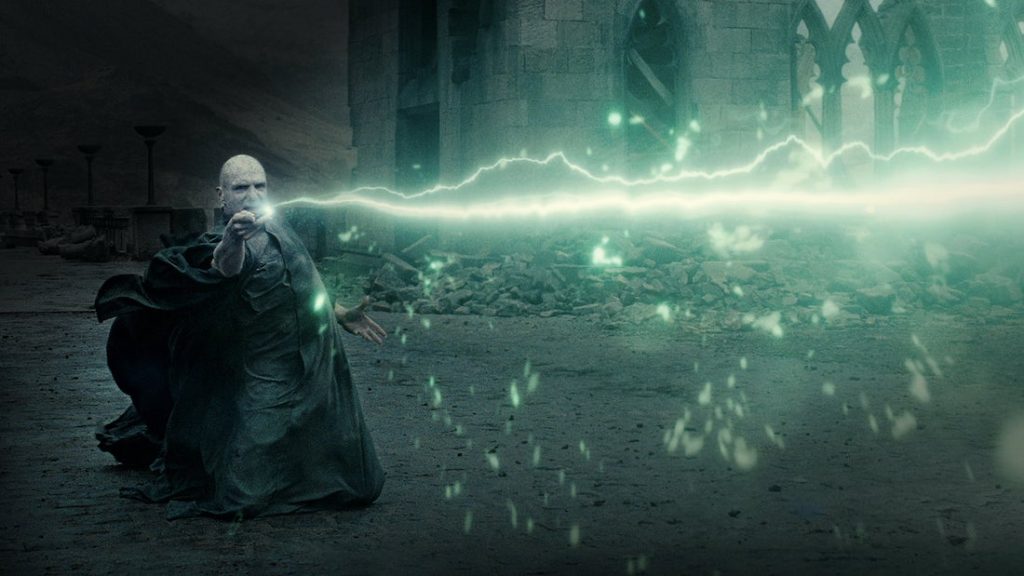
Harry Potter and the Deathly Hallows: Part 2. Whether you’re a fan or not, you’ve got give credit to the Harry Potter franchise. Based on the internationally bestselling books, Warner Bros. delivered eight good movies! The final one, Deathly Hallows: Part 2, owned the box office during the summer of 2011. Book fans were eager to see how faithful the film would be to the source, and everyone else was anxious to see how this would end and what would become of The Boy Who Lived.
Highlighted by the Battle of Hogwarts, Harry and friends duel with the Dark Lord Voldemort in a VFX-laden climax that rivalled any shootout in deep space. A journey more than a decade in the making, Deathly Hallows: Part 2 was a highlight of 2011’s summer and one of the biggest blockbusters of all time.

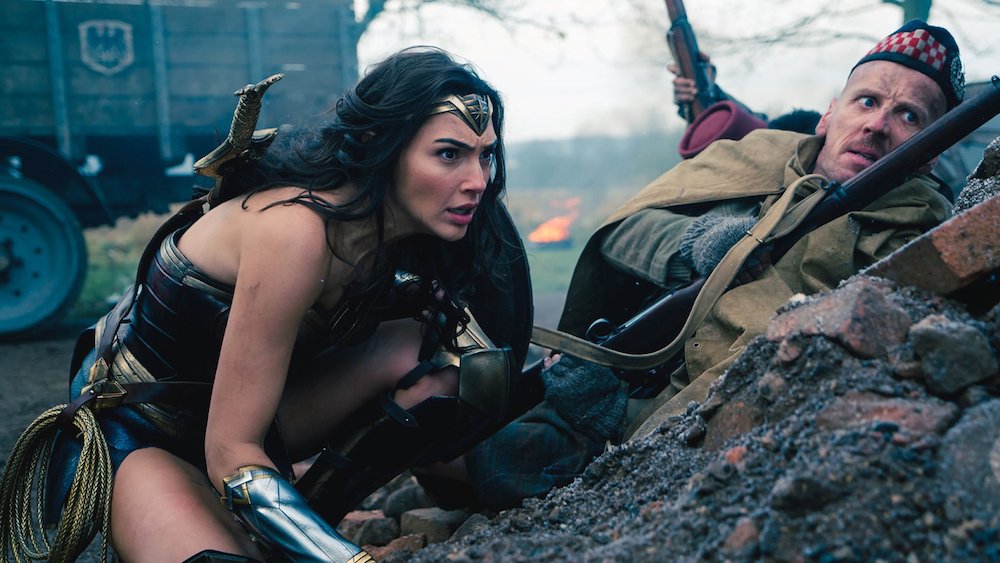
Wonder Woman. This is by no means perfect (the final scenes are a mess of explosions and VFX), but the sheer beauty in the story of a strong female superhero, who comes from a tribe of equally empowered women, is moving enough to put Wonder Woman (2017) on my list. Representation matters and Gal Gadot embodies a style of female strength, rebelliousness, and independence that stands out from the slew of male-dominated comic-book films. But the story doesn’t emphasise this too much, it just delivers an interesting origin story with light fish-out-of-water comedy and exhilarating action.
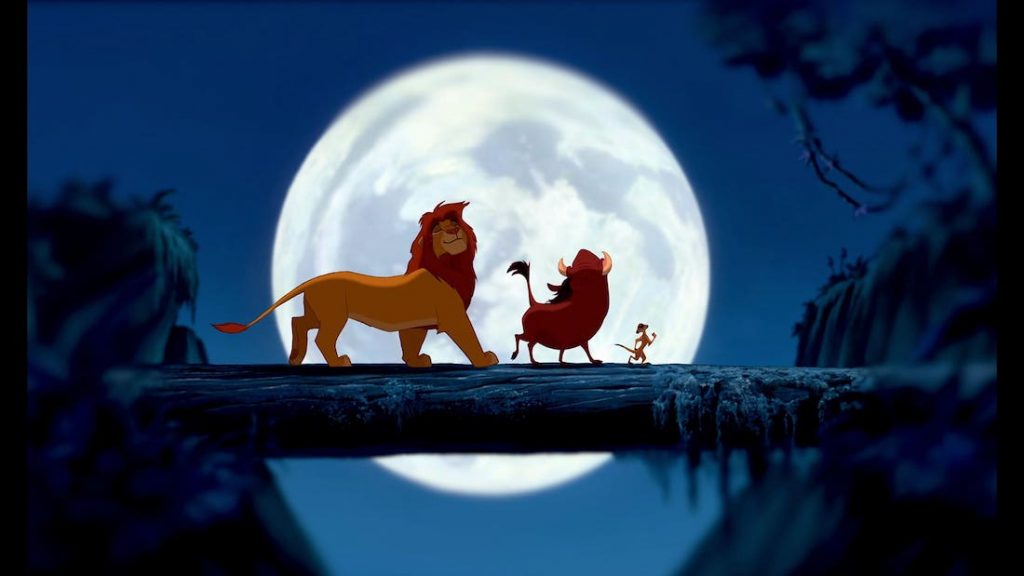
The Lion King. This Disney classic is a powerhouse of emotional storytelling, drawing on Shakespeare’s Hamlet to craft a deft and moving coming-of-age story set in an African savannah. From the opening scene of The Lion King (1994), it was clear this wasn’t a typical Disney animation. The “Circle of Life” sequence perfectly captures the heart and beauty of the journey audiences are about to embark on, and Simba’s story is a timeless one with an important message about interconnectedness and family. I love how this movie is one for families and about family.
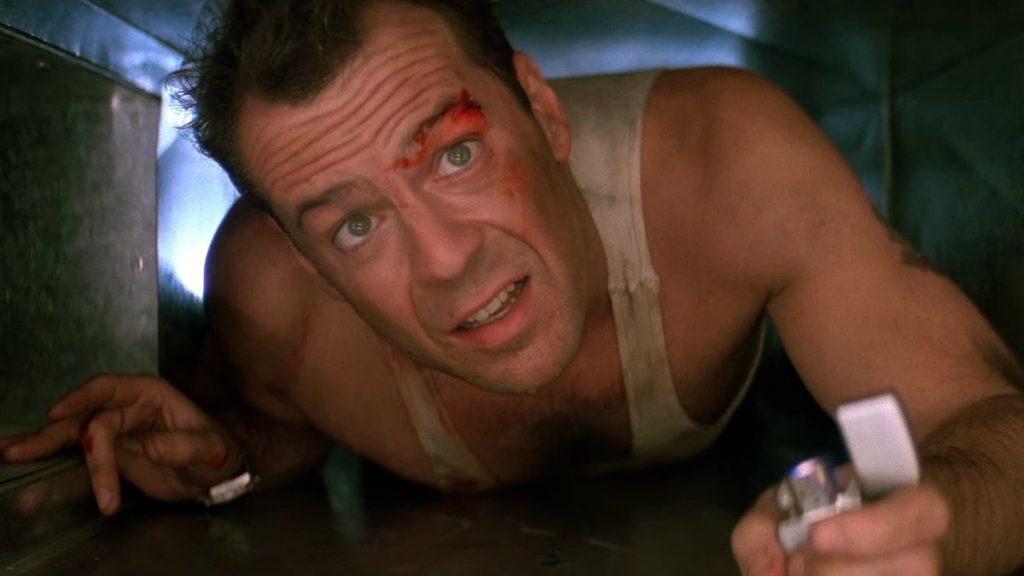
Die Hard. The classic Christmas summer blockbuster! I love this film for Bruce Willis’ hard-edged yet vulnerable John McClane—a capable, determined, reluctant hero. Die Hard’s (1988) story is relatively simple (one cop against a group of terrorists in a skyscraper), but the characters are properly fleshed out, the stakes are high, and the suspense ratchets up masterfully as McClane takes out the baddies with mostly his wits and nerve. This is a movie with a tight, well-written script, compelling performances, and breathtaking action sequences.
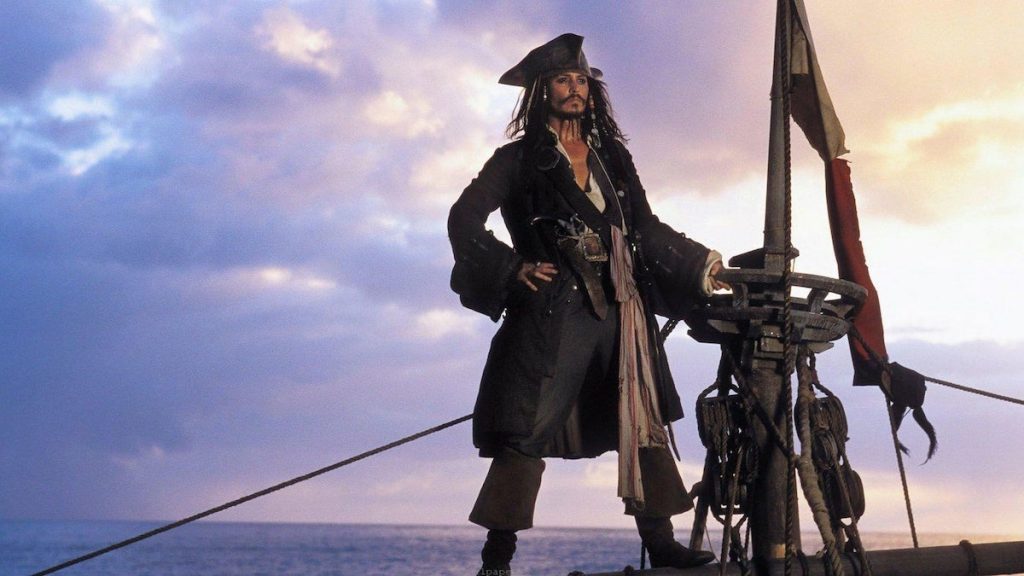
Pirates of the Caribbean: The Curse of the Black Pearl. The first film in the Pirates of the Caribbean saga is a fantastic example of escapism and entertainment. Disney successfully turned the concept of a ride from its theme parks into an engaging romp with mystery and supernatural elements. The Curse of the Black Pearl’s (2003) historical fantasy setting mixed with action and adventure made it a perfect reason to step into a movie theatre during the summer. Not to mention the appeal of Johnny Depp’s iconic Captain Jack Sparrow and the rousing music. A summer blockbuster should be a fun epic that whisks you away on an adventure and Pirates of the Caribbean does that perfectly.
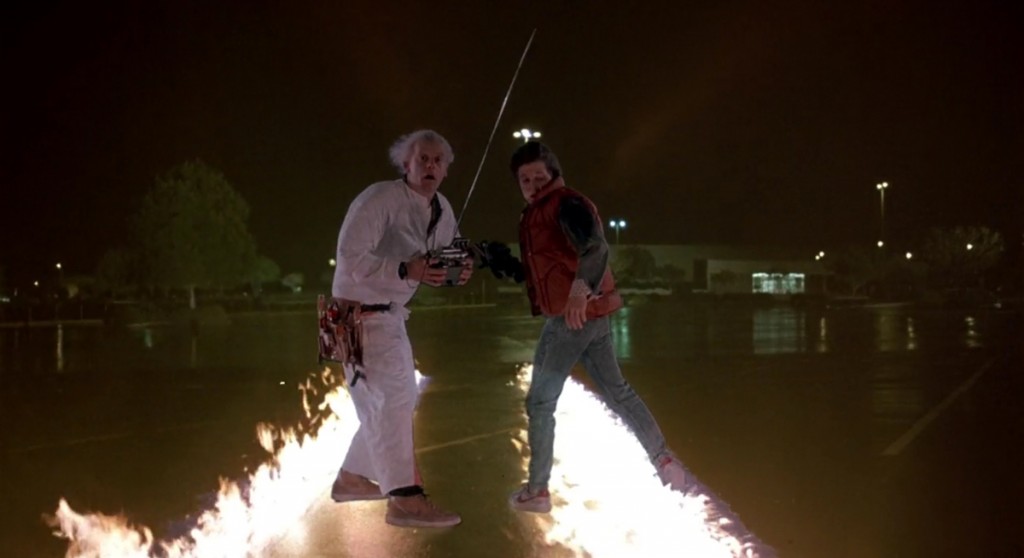
Back to the Future. This is one of my all-time favourites and a movie tied up in my childhood. I’m too young to remember seeing Back to the Future (1985) in the theatre, but my siblings and I loved watching it on VHS during our summer vacation. For me, it embodies the perfect way to spend an afternoon.

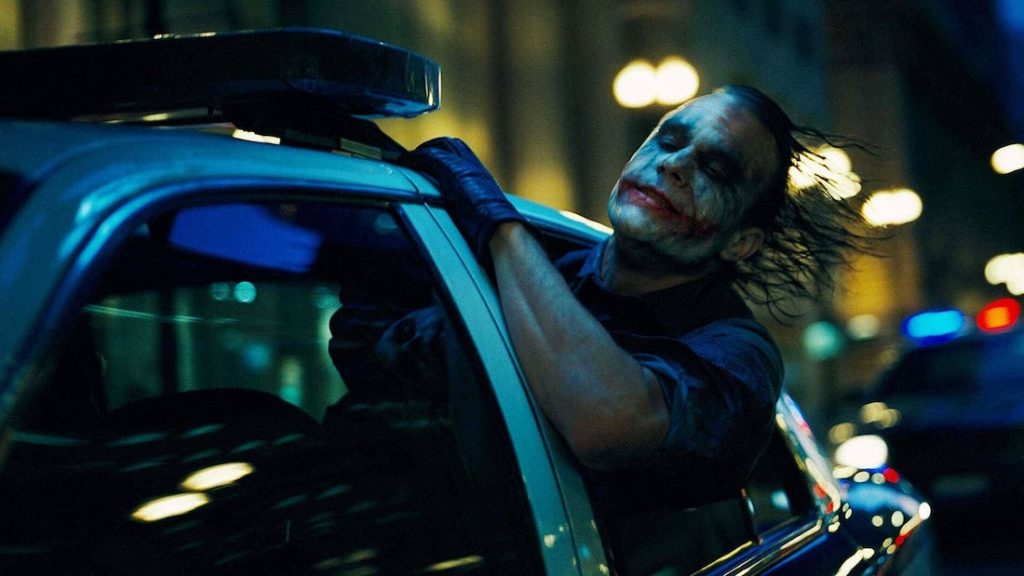
The Dark Knight. This isn’t just a great comic-book movie, nor is it just a great summer blockbuster, it’s just a great film. The impact of Christopher Nolan’s Batman Begins sequel still echoes in pop culture and cinema today. Less of the family-friendly superhero action of Marvel and more an urban crime thriller comparable to Heat, The Dark Knight (2008) features career-best performances from Gary Oldman, Michael Caine, and the late Heath Ledger. The battle between Batman and The Joker actually has stakes, as the Clown Prince of Crime truly embodies anarchy and nihilism.
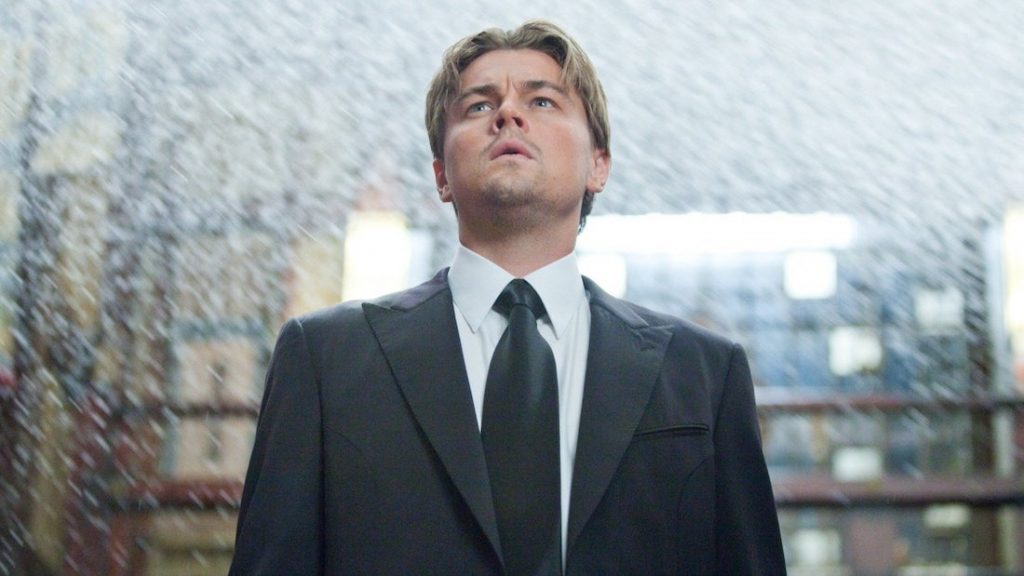
Inception. Part heist film, part Kubrickian sci-fi, Inception (2010) remains visually spectacular with a depth of concept that most directors couldn’t reach, let alone make it such an engaging summer blockbuster. With a smartly chosen cast that includes Tom Hardy, Joseph Gordon Levitt, and Leonardo Di Caprio, Inception delivers a mind-bending plot with multiple levels of non-reality. Nolan never treats his audience like idiots and, for those who pay attention, this blockbuster pays off. Filmed across four continents, Inception offers big action scenes and bigger ideas.
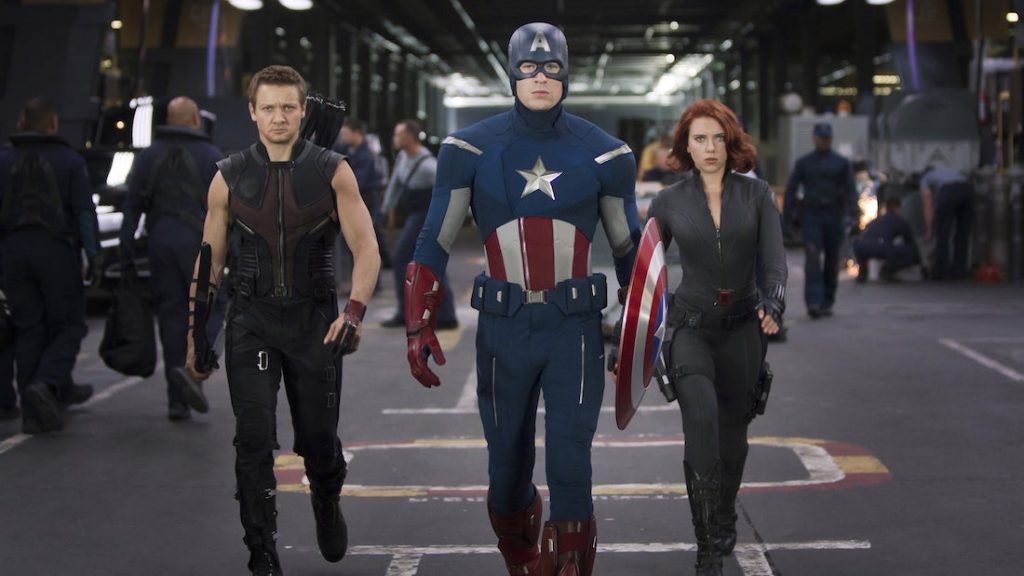
The Avengers. With the Marvel Cinematic Universe (MCU) now churning out middling to fantastic summer blockbusters two or three times a year, it’s easy to forget how badly Joss Whedon’s The Avengers (2012) could have gone. To bring so many different characters and cast members together, while introducing more and teeing up a plot that wouldn’t be resolved for seven years. The culmination of a four-year plan to get Marvel started, this was a signifier of several years of superhero-themed summer blockbusters. Although the MCU will probably be producing movies long after many of us leave this mortal coil, nothing will beat the wonder of first seeing these characters together in live-action.
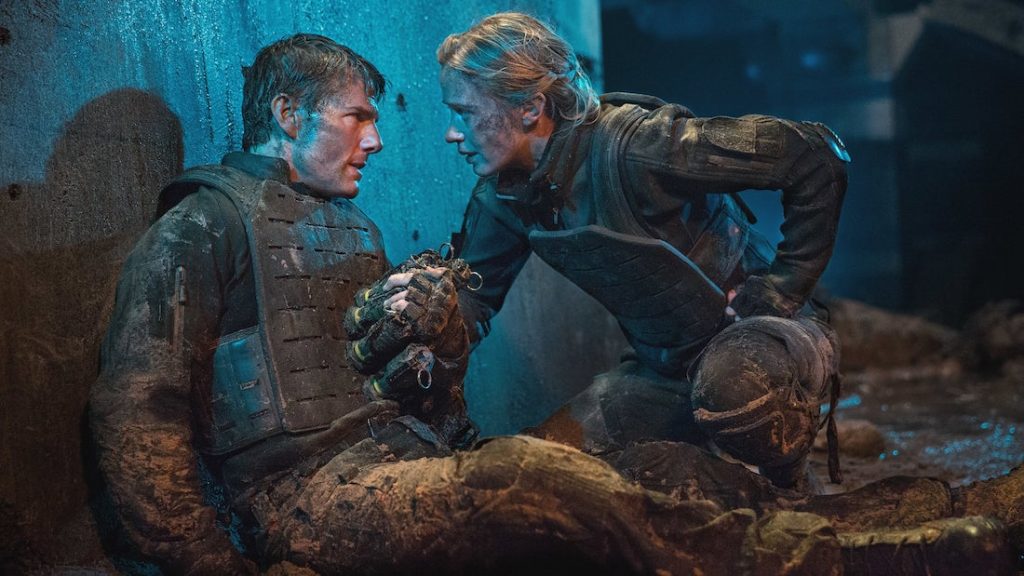
Edge of Tomorrow. A sci-fi Groundhog Day that appeals to science fiction fans, action film aficionados, and video gamers alike. Essentially a movie dedicated to killing Tom Cruise over and over again, Edge of Tomorrow (2014) smartly played with the action star clichés Cruise helped create. Whilst Cruise is more subdued than usual, Emily Blunt is the MVP of Doug Liman’s underappreciated movie—playing a hard-as-nails soldier who has to teach Cruise’s wimpy cadet to become a hero.
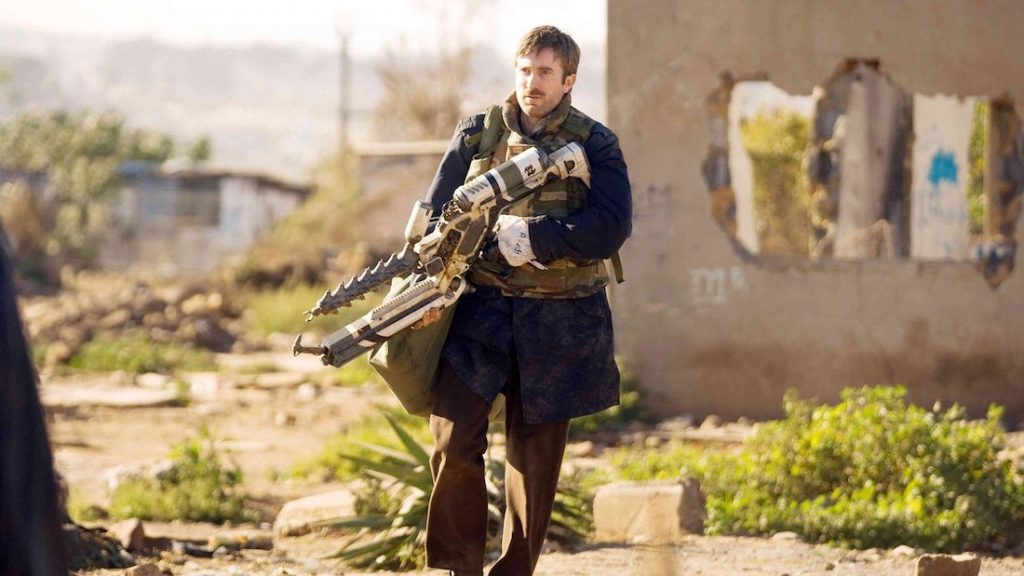
District 9. Made without star names by first-time director Neill Blomkamp, with a hard R rating and a $30M budget, District 9 (2009) is the little summer film that could. Not only a critically acclaimed smash, it earned a ‘Best Picture’ nod at the Academy Awards! District 9 mixed sci-fi satire and body horror with a social conscience. Using an alien invasion as a metaphor for apartheid, this faux-documentary works because of its gritty yet minimal VFX and Sharlto Copley’s fantastic performance as a bureaucratic lackey. It’s a real shame that neither Blomkamp nor Copley’s career ever matched what they achieved on District 9.

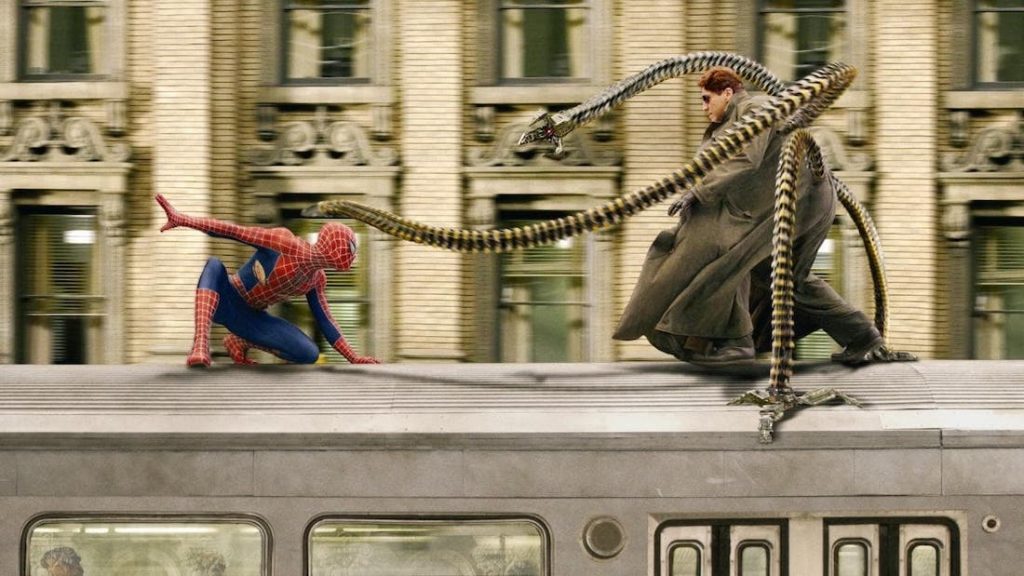
Spider-Man 2. Since school holidays hit their peak in June here in Singapore, I think about family-friendly blockbusters, which, over the last 20 years at least, consist of a lot of superheroes. When Spider-Man 2 (2004) came out, I remember seeing wall-to-wall shelves of Spider-Man toys and my friends trying to decide whether they could still like James Franco, the handsome best-friend, if he was now the villain. Those were simpler times when all I thought about was dying my hair red (to look like Mary Jane!) without getting into trouble when school reopened. Spider-Man 2 still makes me smile when I re-watch it because the high-saturation, OTT slow-mo scenes were such a big deal at the time.
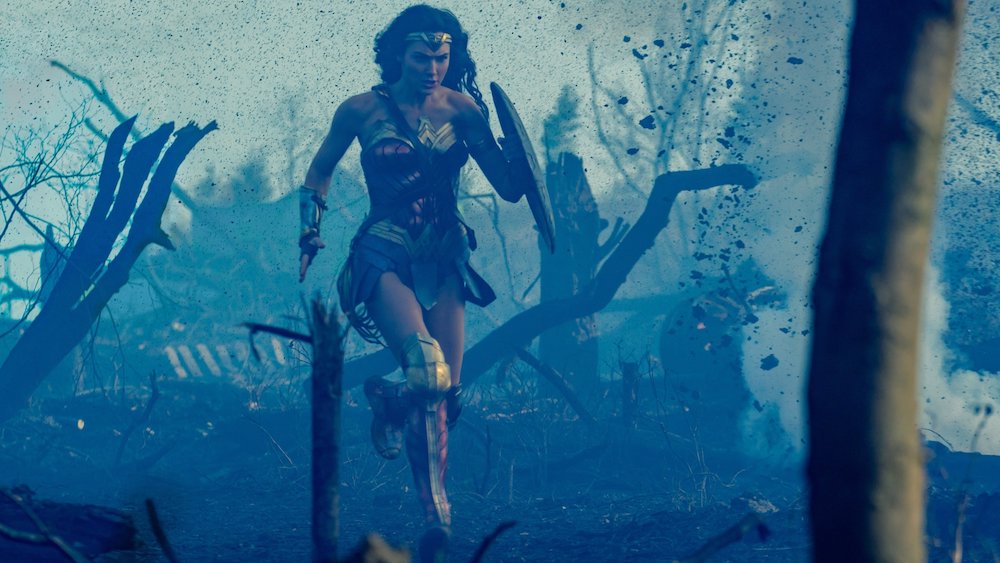
Wonder Woman. In the same vein as above, I have to include Wonder Woman (2017), the most recent film in my list. Released two weeks before my birthday, I remember having to get off social media to avoid spoilers, as cinema tickets were part of my birthday treat. The excitement was well-deserved because I don’t recall picking my jaw off the floor during the 141-minute runtime. From the moment the Amazons appeared, training in the heat of Themyscira, I was entranced. This was one of the few films where I delighted in seeing promotional campaigns and Wonder Woman merchandise because I was so excited for children to have this role model to look up to.
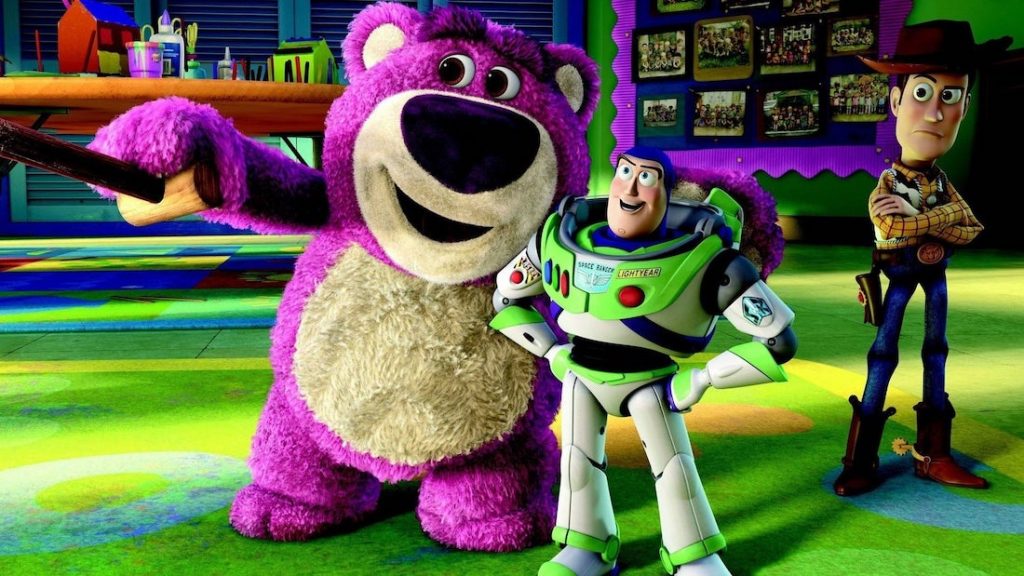
Toy Story 3. I’m not old enough to have watched the 1980s Summer blockbusters in a cinema, so Toy Story 3 (2010) has become my example of a trip down memory lane. I was a child when the original came out, so I don’t remember it too well, but by the time Toy Story 3 came out I had watched it a million times. When Pixar announced they were making a second sequel, I was the most enthusiastic person around, explaining in excruciating detail what a big deal the franchise was and why all of us should storm the cinemas on opening day. When the film was released, I was that adult who cried through the last half-hour, confusing the random child who was unfortunately seated next to me.
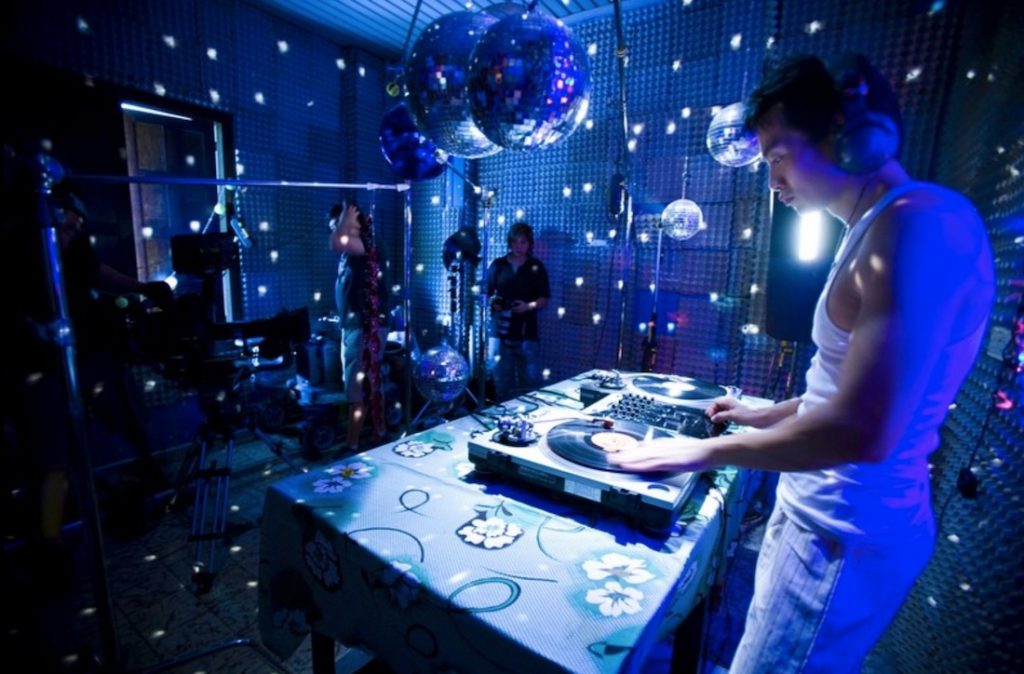
881. A Singaporean movie by filmmaker Royston Tan and set in Singapore in the 1980s, 881 (2007) is a hot and sweaty film. It was the highest-grossing Asian film in Singapore that year and kickstarted a resurgence in interest for Getai shows, which are a series of live stage performances that take place annually during the Hungry Ghost Festival (and more popular with the older crowd). As a teenager more interested in international blockbusters, I was lured in by the musical comedy genre. I remember sitting in the cinema with my father, knowing he was as confused as I was, because, as immigrants, we weren’t familiar with local Singaporean culture. This loud and proud Singaporean film, complete with Singlish accents and the broad humour that pervaded local films at the time, helped me get used to being a Singaporean.
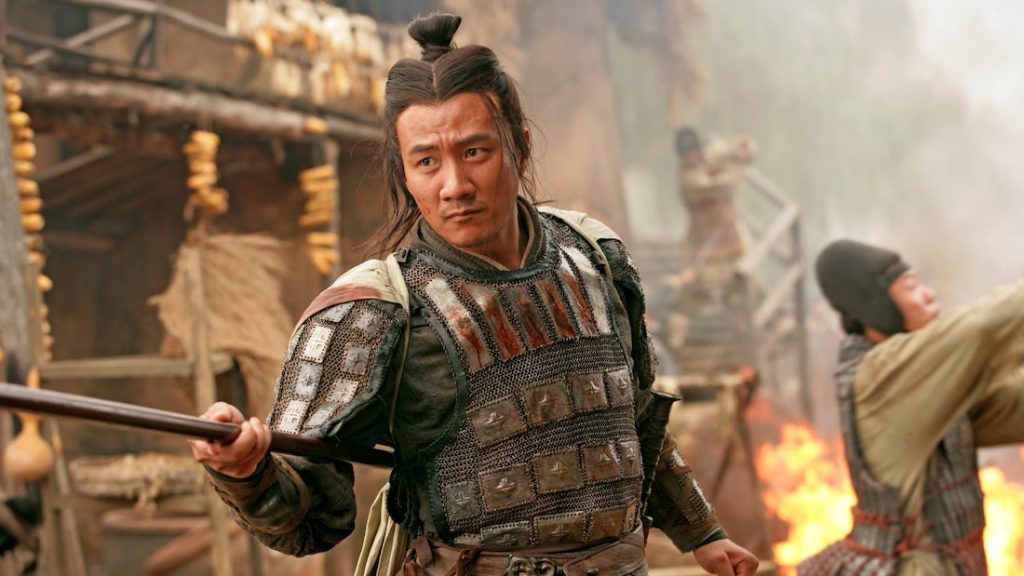
Red Cliff. Directed by John Woo and starring titans of industry Tony Leung, Takeshi Kaneshiro, Zhao Wei and more, this behemoth adapted the Battle of Red Cliffs in Chinese History into not one, but two two-hour-long films. Just closing my eyes now, I can remember being in the cinema, watching Red Cliff (2008), only to find out it ended right before the final battle began, and that I would have to watch part two to find out the rest! The anger mixed with awe that this would evoke in me, and the complete annoyance at the fact that I would still definitely pay for part two, paved the way for my indifference when it came to paying for the Avengers blockbusters.

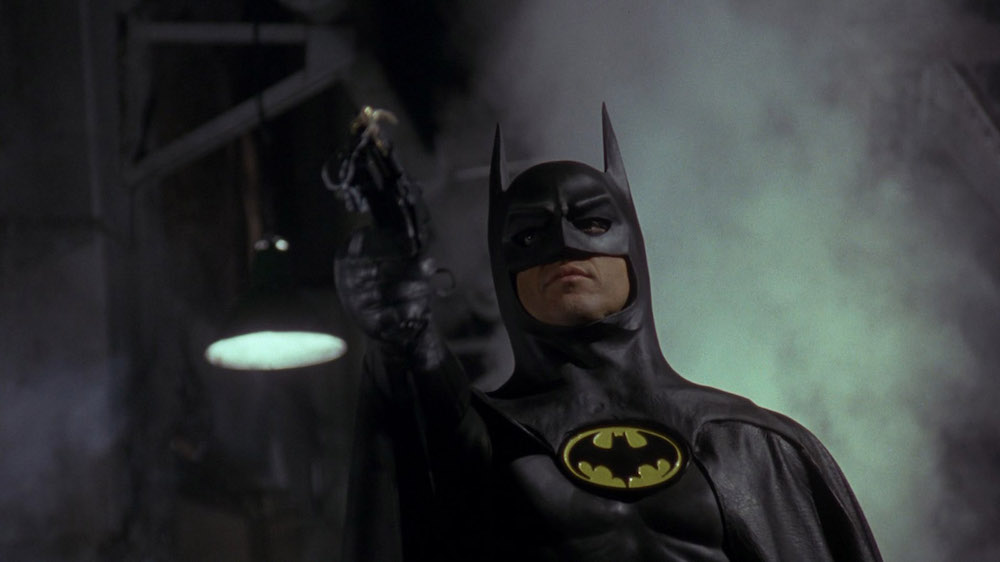
Batman. I was too young to see Tim Burton’s Batman in cinemas during the summer of 1989, but nobody under-12 could escape the marketing muscle. This was the first movie I remember sensing was an ‘event’ people were excited about and saw multiple times at the cinema (even if I had to wait to rent the VHS tape). The famous Bat-insignia was emblazoned across everything, too: T-shirts, baseball caps, pencil cases, bags, lunch boxes, you name it. Batman was inescapable. I enjoyed the movie, too, but my nostalgia is mainly for the ubiquity of that iconic logo.
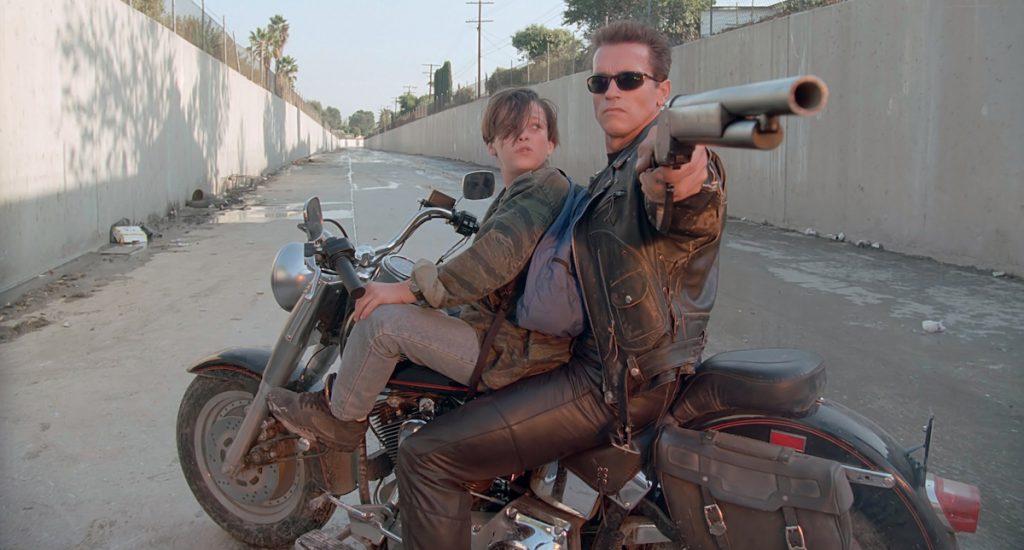
Terminator 2: Judgment Day. Similar to my experience with Batman, but more pronounced, was having to sit out seeing T2 in cinemas back in 1992 because I was still too young. But I devoured the promotional materials and the ground-breaking VFX glimpsed in adverts were jaw-dropping alone. Again, the actual experience of the film would have to wait for VHS (spoiler: it was awesome), but that year was full of playgrounds with boys my age doing cod Arnold Schwarzenegger impressions and staring through our eyebrows like the T-1000.
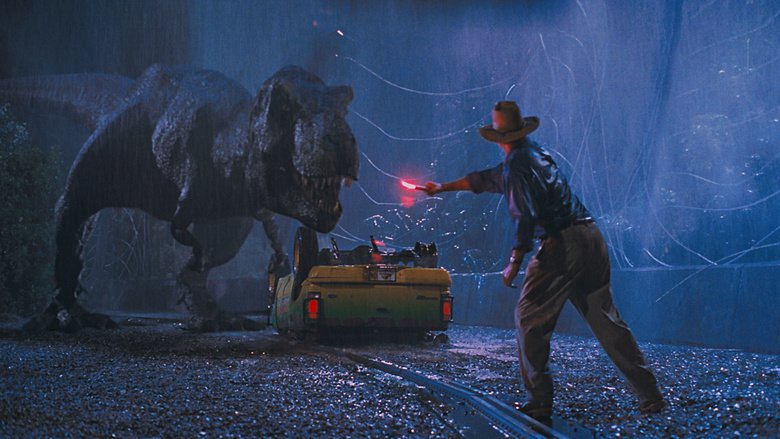
Jurassic Park. This was the moment. I’d just turned 14 in summer of 1993, so could actually go and see the year’s biggest movie in a cinema! Steven Spielberg’s dinosaur disaster romp was the perfect summer blockbuster; groundbreaking VFX, wonderful characters, excellent action set-pieces, and merchandise overload. The airwaves were flooded with Jurassic Park adverts and I distinctly remember watching tie-in documentaries about prehistoric animals and whether or not Michael Crichton’s original novel could come true. (I seriously thought it might do soon enough!)
Everyone became an armchair palaeontologist and the movie didn’t disappoint for once. The cinema staff where I saw Jurassic Park were all wearing T-shirts with the famous black-and-yellow logo, and I remember being rattled in my seat when the T-Rex first opened its jaws to roar. (It was the first film released with DTS surround sound.) Another fun memory lingers of my dad leaping out of his seat during a velociraptor jump-scare.
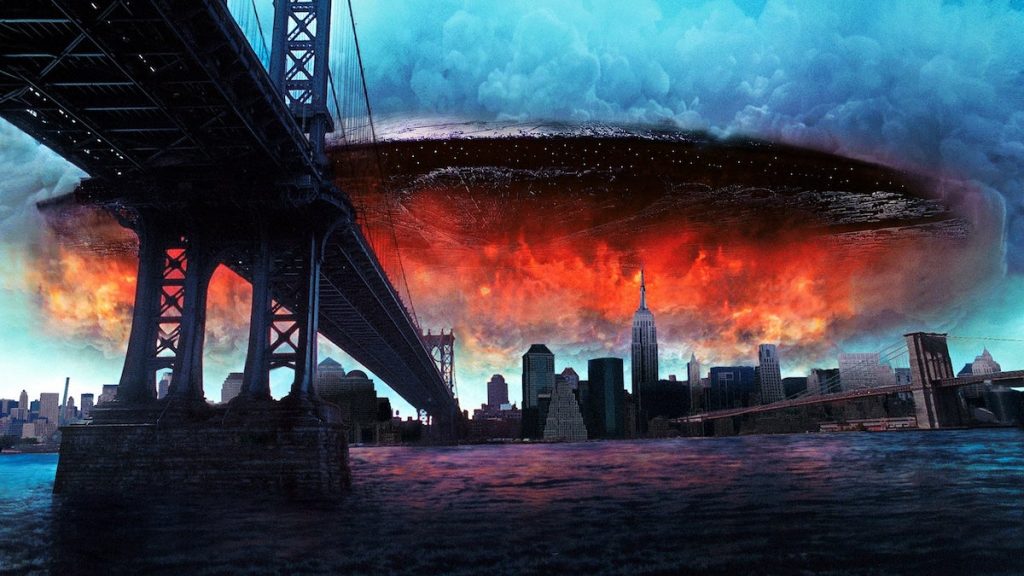
Independence Day. Roland Emmerich’s 1996 alien invasion blockbuster has faded in my estimation (and started to do so on VHS, as the small-screen pan-and-scan experience didn’t do it justice), but back when it came out this was a memorable cinema experience for a 17-year-old sci-fi fan who’d never seen anything on this scale in a cinema before. I actually saw it twice (rare for me) in order to lap up the enormous spectacle of the giant spaceships and city-flattening devastation. ID4 had a compelling balance of jingoistic heroics and modern B Movie cheese.
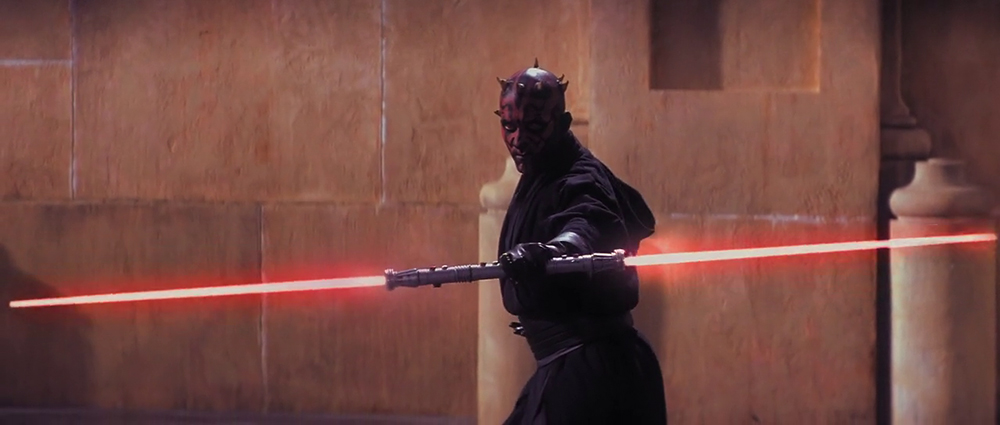
Star Wars: Episode I—The Phantom Menace. There’s a theme with my choices of films that came out in the late-1990s: the storytelling quality of summer blockbusters dipped when compared to the likes of T2 and Jurassic Park. CGI was a new tool that suddenly made dozens of ‘unfilmable’ scripts viable to make, and George Lucas certainly knew the time was right to continue his Star Wars saga with a big-budget prequel trilogy.
The Phantom Menace (1999) is today seen as one of the low points of the nine-movie ‘Skywalker Saga’, but I don’t think a Hollywood hype-machine has ever been deployed as beautifully as it was here. Remember fans paying to see the trailer at the beginning of a film they left without seeing? Or people camping out weeks before the world premiere? We only had dialup internet in ’99, but the web certainly played a role in creating a fervour. It gave fans a whole new virtual space to get excited inside (who can forget Star Wars Kid shortly after?) Indeed, a lot of people convinced themselves Episode I was a masterpiece because they’d invested too much of their time to admit it wasn’t that good. But we can agree Darth Maul ruled.
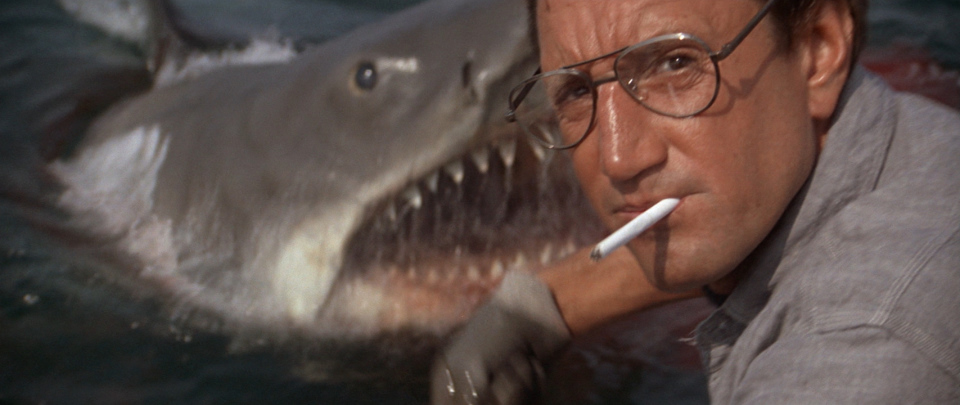
Jaws. Steven Spielberg’s Jaws (1975) is often credited as being the first summer blockbuster, so it’s appropriate that so much of this film is about the summer. But it’s also about the threat of primaeval death making carefree leisure activities frightening. Jaws is a masterpiece. Spielberg’s genius isn’t that he does anything particularly new, but that he does it so well: every shot and every line works on the audience until their minds are overwhelmed with one idea: there’s a shark in the water and it’s going to eat me.
I was 8-years-old when Jaws was released. My parents took me to see it at a drive-in, which suggests they not only couldn’t get a babysitter but were also desperate to see it themselves! I remember to this day the hot dog I ate in our car: seeing the red ketchup oozing out, and thinking “blood”. That’s what Jaws does to you, and it does it just as well nearly five decades later.
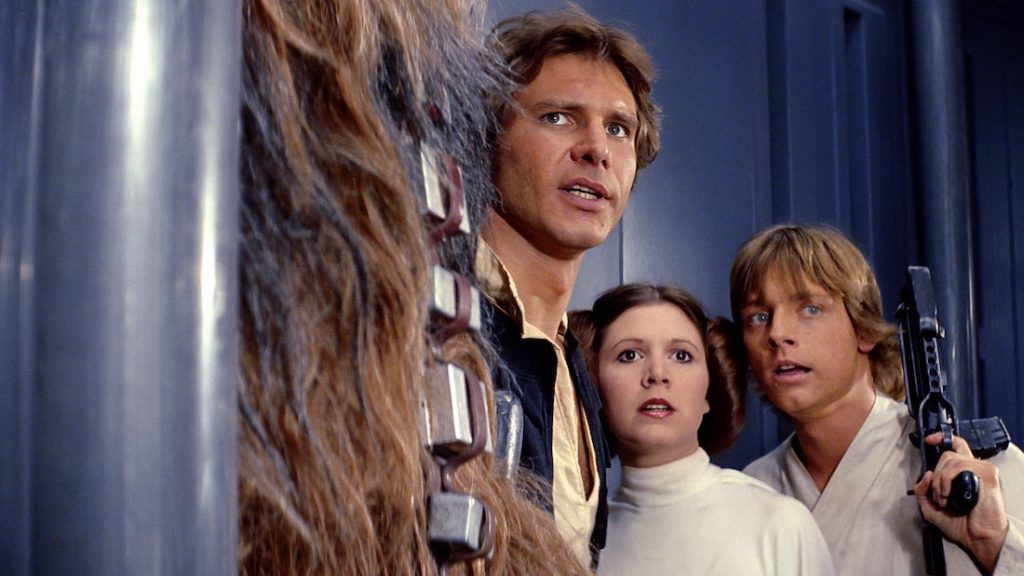
Star Wars. If you weren’t around when Star Wars (1977) was released, it’s difficult to understand how much it shaped that summer, especially for American schoolkids like myself. It wasn’t just a movie, it offered new mythology. Sword-fights were replaced by lightsabres. “Stormtroopers” didn’t mean Nazis anymore. Star Wars presented a different perspective from its predecessors. Today, the original Star Wars looks dated and the prequels and sequels have grown more serious as Generation X grew up. But it remains a fine movie in many respects, with terrific action sequences, John Williams’ incredible score, and a universe that seemed convincingly worked-out even if the details don’t bear close inspection. A summer blockbuster par excellence.
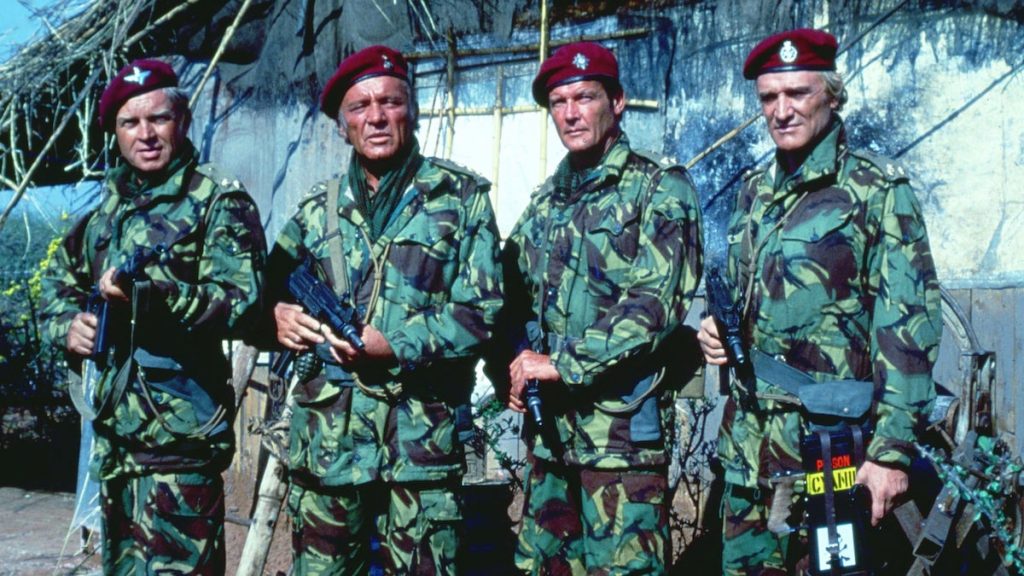
The Wild Geese. If summer blockbusters like Jaws owed at least something to the new school of paranoid early-1970s cinema, The Wild Geese (1978) was unashamedly old-fashioned. It could easily be a movie from the 1950s, and if one took away the gratuitous sadism and risqué touches (like Kenneth Griffith’s gay medic) it could even hail from the 1930s.
But this tale of white mercenaries sent to Africa to rescue a deposed politician nevertheless has many blockbuster characteristics: the all-star(ish) mostly male cast, the extremely storyboarded feel with clear compositions and a minimum of meandering, the “exotic” locations (director Andrew V. McLaglen is unafraid of big-sunset clichés), the touches of hamminess (notably Frank Finlay’s priest), even the jaunty theme tune indicating that despite the body count it’s all a bit of a romp. Watching The Wild Geese today is a guilty pleasure, and its confusing nods to progressive thinking about apartheid do nothing to disguise the fact it’s a white-saviour movie through and through. But it remains effective thanks to its still relatively unusual location, its no-nonsense direction, some fine action sequences, and Richard Burton.
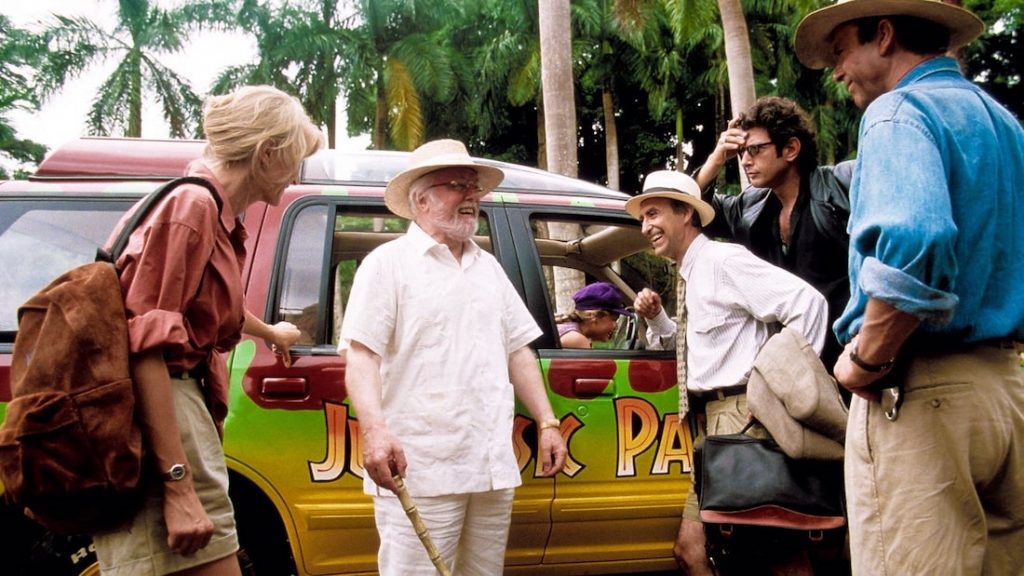
Jurassic Park. Its imagery and its don’t-mess-with-nature moral have become so familiar that it’s easy to forget just how different Steven Spielberg’s Jurassic Park (1993) was. The first sight of those grazing dinosaurs was simply breathtaking (worlds away from the crude stop-motion FX previous dinosaur movies had given us) and these animals seemed behaviourally real.
Like the shark in Spielberg’s own Jaws, the dinos weren’t “monsters”, and even when being savage they weren’t portrayed negatively. The real villains were human. And so it made an appropriate movie for the dawn of the digital age: just because we could now do so much with our technology, should we? It’s a cheerful film despite the bloodletting, though, with a likeable cast (even Jeff Goldblum’s cool-nerd act isn’t too grating), strong comic-book-like visuals, and another superb score from John Williams.
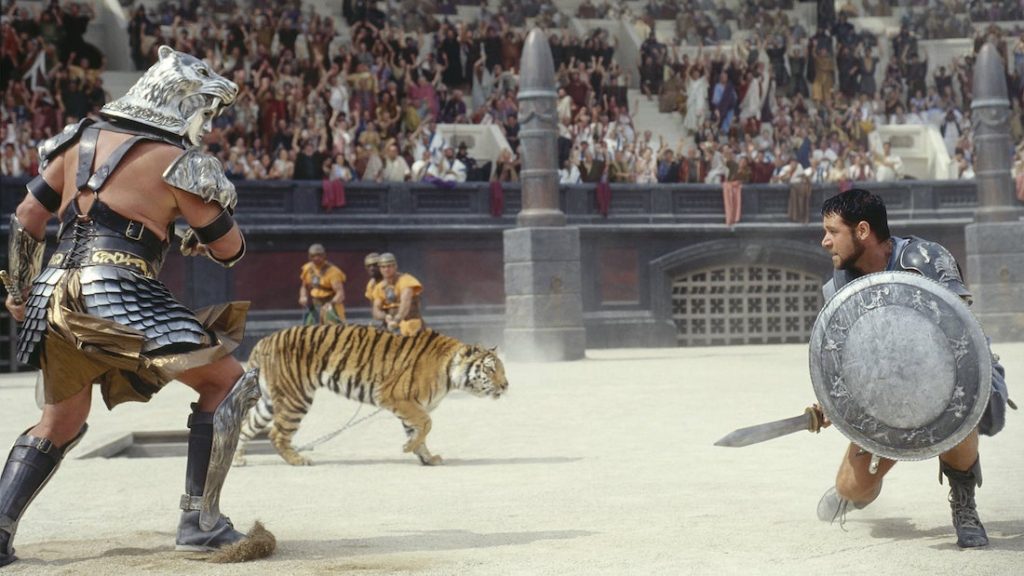
Gladiator. Ridley Scott’s Gladiator (2001) is unusual for a summer blockbuster in at least two respects: it was made by a director who isn’t usually thought of as a purveyor of mindless entertainment, and it resuscitated an almost-dead genre—the swords-n’-sandals epic. Gladiator gave Ancient Rome a veneer of realism that similar epic movies from 40 years earlier had lacked. For all that, it’s an old-fashioned film, a simple story of a wronged man set on revenge for injustice. But what really brings the tale to life are the production design and the performances—not just Russell Crowe, who rose to stardom as a result of it, but also Oliver Reed (who died during production), and an outstanding Joaquin Phoenix.
Gladiator was a huge success, but it was more than that. It demonstrated that it was possible to bring back genres many thought passé and give them a slick makeover that persuades audiences to take them at least half-seriously. Nobody would call it the greatest of the summer blockbusters ever, or the greatest of Scott’s or Crowe’s oeuvre…. but taking such a risk and pulling it off was quite an achievement. It reminded us that blockbusters don’t have to be franchise movies or sequels, there’s scope for doing something different, even in the summer.
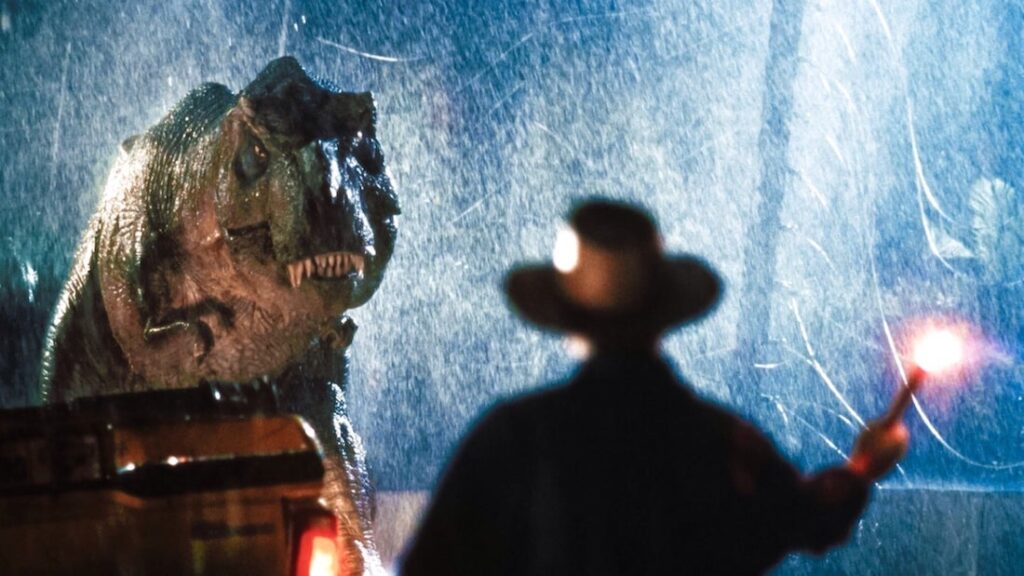
Jurassic Park. Steven Spielberg (Raiders of the Lost Ark) has proven countless times that he’s one of the best storytellers in the film industry. With Jurassic Park (1993), he succeeded again delivering an unforgettable cinematic experience. I was absolutely terrified as a child at the enormous roar of the T-Rex back in ’93 and when re-released in 2013, the movie still looked breathtaking. Enhanced by John Williams’ (Jaws) heartwarming score, the first encounter with the Brachiosaurus still amazes me to this day. Jurassic Park was one of the first movies I saw at the cinema and helped begin my love affair with film.
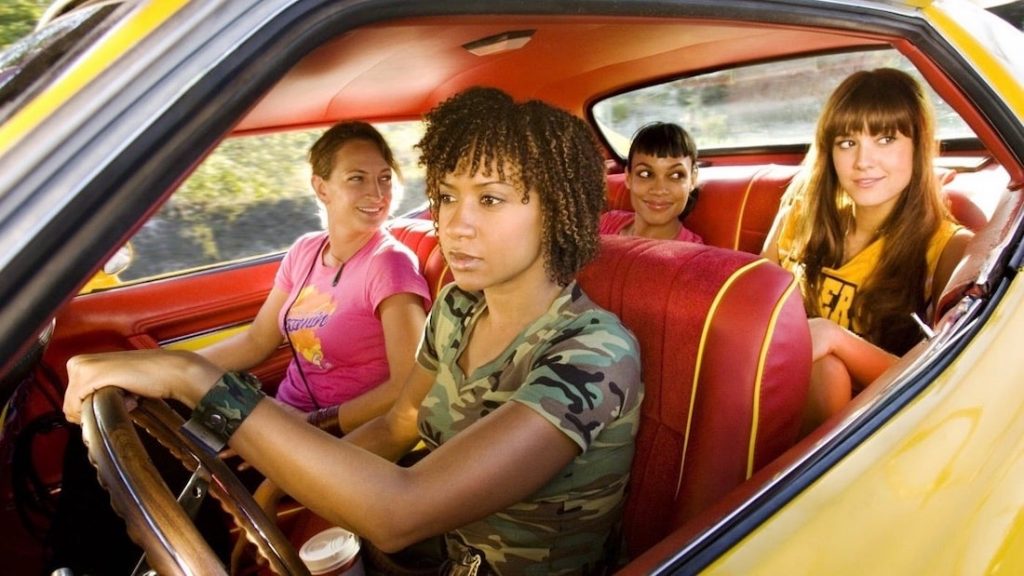
Grindhouse. Quentin Tarantino and Robert Rodriguez’s Grindhouse (2007) double-feature flew over the heads of audiences in the US, and in the UK it was released as two separate features: Death Proof and Planet Terror. I was lucky enough to catch the Grindhouse experience at the cinema. Individually, the two movies are a love letter to the genre flicks the two directors clearly admire. Both movies are great genre films, but when combined it’s a completely different experience. Sandwiched between the two is one of the highlights of the presentation: a series of fake trailers, like Rob Zombie’s Nazisploitation/werewolf hybrid Werewolf Women of the S.S. featuring a hilarious Nicolas Cage cameo, and Eli Roth’s holiday-themed slasher Thanksgiving. Witnessing Grindhouse on the big screen, in all of its scratchy and beaten presentation, was a once in a lifetime experience.
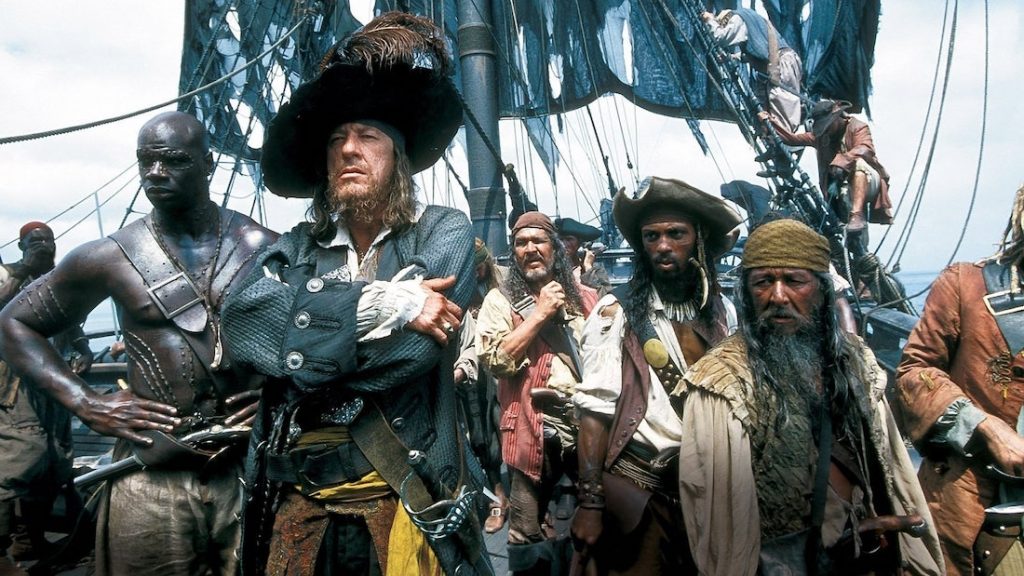
Pirates of the Caribbean: The Curse of the Black Pearl. Shiver me timbers! After the disastrous Haunted Mansion, Pirates of the Caribbean: The Curse of the Black Pearl (2003) shouldn’t have worked. Nobody was anticipating Disney’s live-action adaptation of one of their oldest and cheesiest theme park attractions, and pirates hadn’t made a dent at the box office in decades. However, Gore Verbinski (Mouse Hunt) directed this tale about ghostly pirates, young romance, and lashing of rum, with amazing energy and visual creativity.
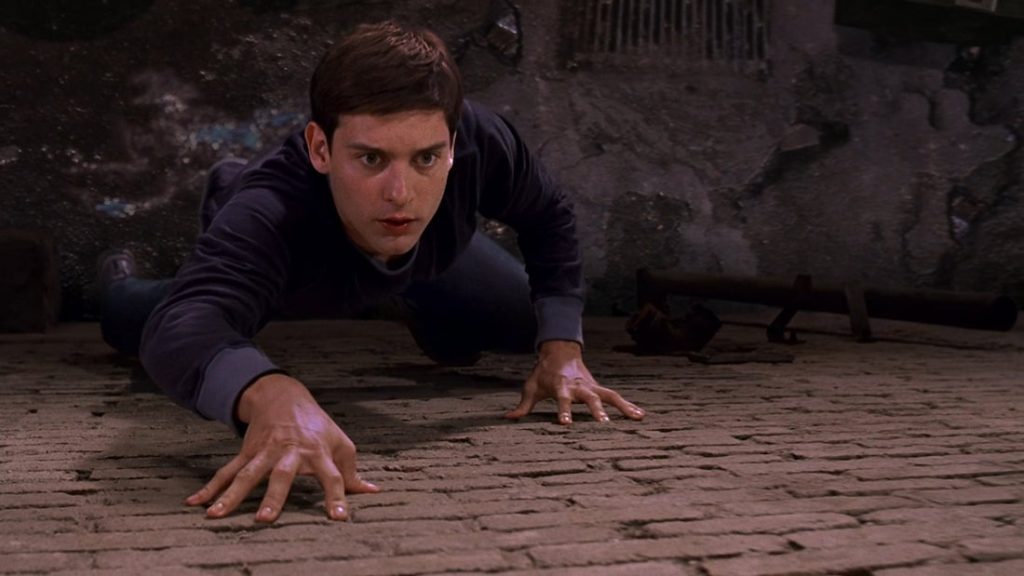
Spider-Man. Released in the wake of 9/11, Spider-Man (2001) was a tonic the world needed. Although many will argue the sequel is the better Spider-Man movie, nobody can deny that Sam Raimi’s (The Evil Dead) original legitimised the comic-book genre for the 21st-century. He directed this with a deft hand, weaving romance, adventure, humour, and emotion seamlessly. Spider-Man is a well-balanced superhero movie and a defining moment for a franchise.
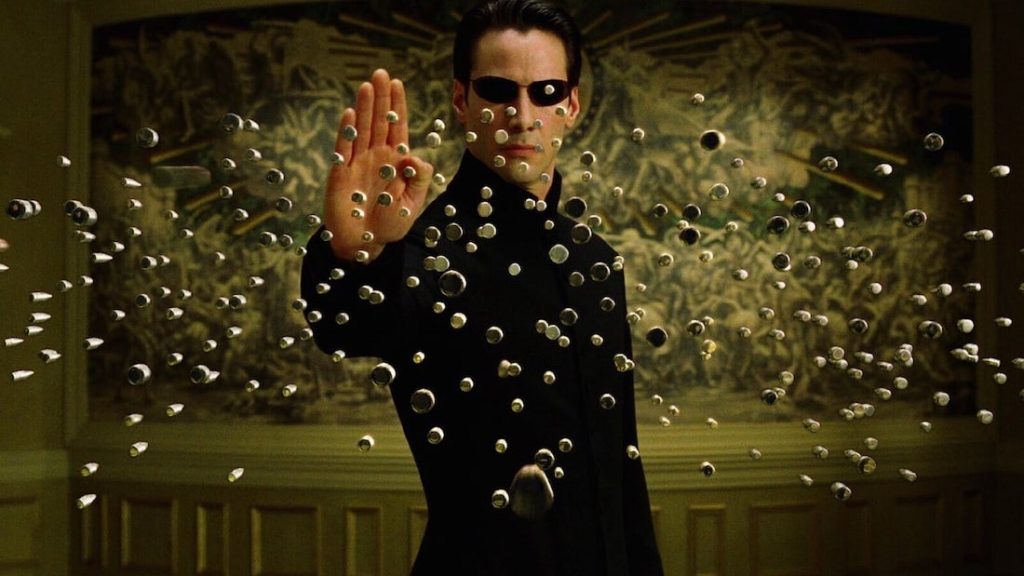
The Matrix Reloaded. After the runaway success of The Matrix, the Wachowski’s had the most creative and financial power of their career. It’s safe to say the anticipation to The Matrix Reloaded (2003) was overwhelming. It was a cultural phenomenon and a constant topic of discussion during any free time at high school. Packed with as much visual flair as its 1999 predecessor, my jaw hit the floor watching the thrilling action sequences. The fight choreography mixed hand-to-hand martial arts with guns and even car chases, with the freeway sequence possibly one of the best set-pieces of the 2000s. While The Matrix is undoubtedly the superior movie, I think The Matrix Reloaded is a worthy follow-up and doesn’t deserve its poor reputation.

